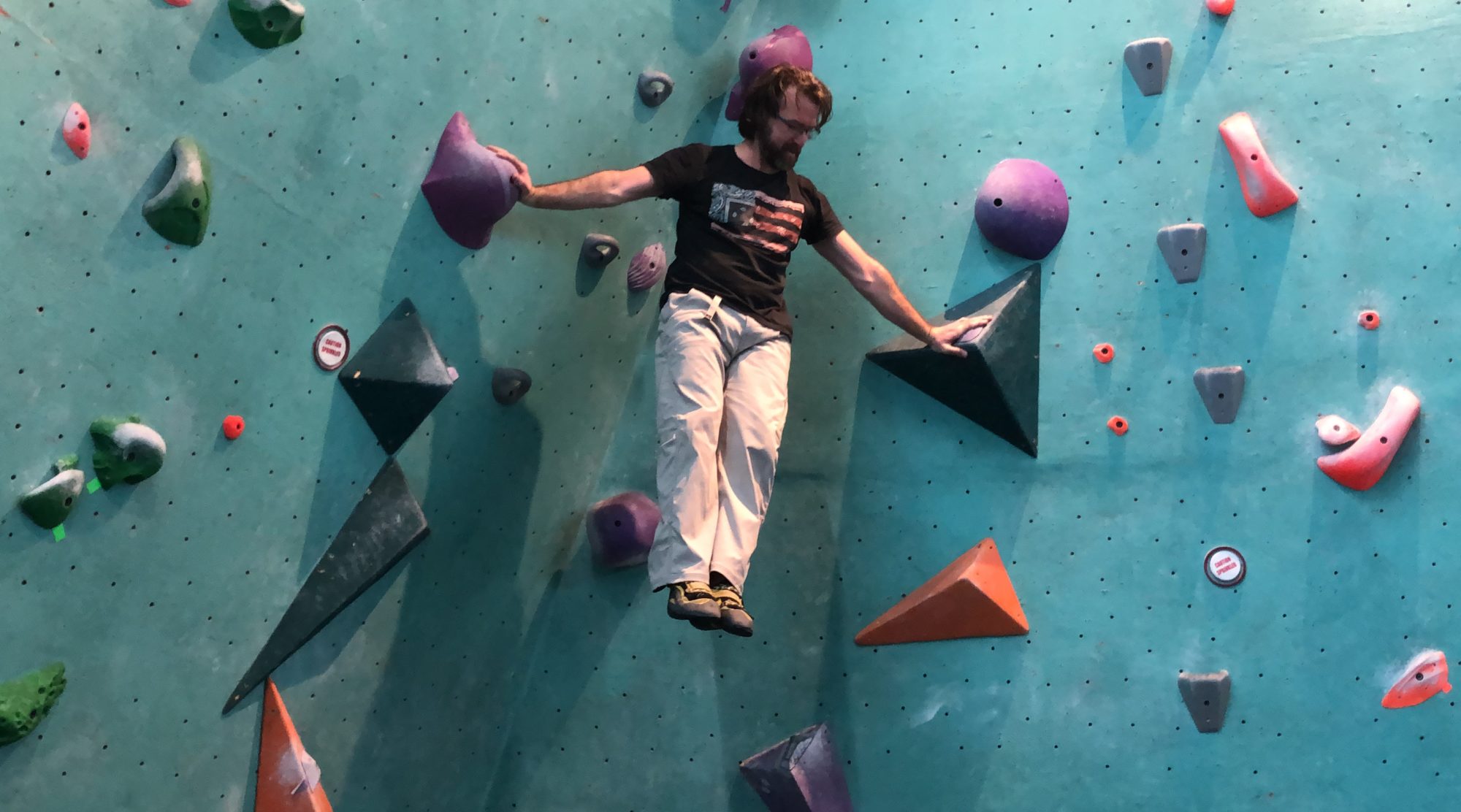As a licensed massage therapist, I specialize in chronic pain and injury management using deep tissue massage therapy. Most of my clients come in with a common complaint: pain in the low back, hips (primarily on one side), and/or shooting pain or numbness down the back of the leg commonly referred to as sciatica pain. More than two million Americans suffer either from back pain or a form of sciatica that is often misdiagnosed and improperly treated. Many suffer from pain for months or years without a proper diagnosis. I work with these symptoms so frequently that I have noticed some common characteristics with this all-too-common pain complaint.

The most common characteristics I find are aggravated myofascial trigger points (TrPs) in the piriformis muscle. Piriformis trigger points are often confused for a herniated disc, sciatica, or other back issues, and many sufferers undergo unnecessary and costly tests, injections, and surgeries.
What is the piriformis?
The piriformis muscle is a small external rotator of the hip whose function primarily is to turn the knee and foot outward. It lies deep within the gluteal muscles, originates from the sacral spine, and attaches to the greater trochanter of the femur — the big bony “bump” on the outside top of the thigh. The sciatic nerve passes beneath through an opening called the sciatic notch.

Piriformis Trigger Points Symptoms
The myofascial sciatica pain component includes pain in the low back, groin, buttock, and hip. A trigger point may cause the muscle to compress and irritate the sciatic nerve, causing the pain to travel along the course of the nerve. The pain may radiate down the back of the leg and into the hamstrings, the calf muscles, and possibly the foot. The pain may initially be confused with a hamstring strain or diagnosed as true sciatica. Weakness, stiffness and a general restriction of movement are also quite common. Tingling, numbness, or shooting pains down the leg can also be experienced. Symptoms tend to be aggravated by prolonged sitting or by intense activity.

The piriformis muscle is responsible for the symptoms of pain by projecting pain from activation of the trigger points and by nerve entrapment upon the sciatic nerve. Once trigger points are activated, the piriformis muscle begins to put pressure on the sciatic nerve. The sciatic nerve runs under (and sometimes through) the piriformis muscle on its way out of the pelvis. The piriformis muscle can squeeze and irritate the sciatic nerve in this area, leading to the symptoms of sciatica.
Treatment and Prevention
The first two steps in treating piriformis trigger points can provide the most significant and immediate relief: deep tissue massage with stretching of the external rotators of the hip. Deep tissue massage techniques such as myofascial release and trigger point therapy are highly effective at reducing active trigger points. Once the trigger point is released, there will be a significant reduction in pain.

Following up the massage with flexibility training will help loosen the muscle and help prevent a return of the trigger point and sciatica. I have found that it takes between four and ten massage sessions to move out of the acute pain phase from piriformis trigger points. It may be shorter or longer depending on the cause and severity of the initial injury.
For long-term prevention of piriformis TrPs, self-myofascial release and flexibility will be your most invaluable tools. Below are some pictures of how to relieve piriformis TrPs using a ball (preferably a tennis ball for beginners) and how to stretch the piriformis muscle and other external rotators of the hip. With each stretch, it is important to breathe into the stretch and only stretch to slight discomfort … NOT PAIN.





Other suggestions to prevent Piriformis TrPs
Get assessed by a qualified movement therapist. The exercises shown here are a guide to provide temporary relief. They are not a permanent fix. The underlying movement issues that are causing your piriformis to impinge your sciatica nerve need to be addressed. Find a highly skilled movement therapist in your area who can assess muscle function and gait mechanics.
Our bodies were designed to move. It is important to keep moving. Try not to sit down for more than an hour at a time. Stand up, take breaks, go for a walk, and move your body throughout the day. Lack of movement causes muscle dysfunction. Proper movement is key to an active healthy life. With an exercise program that focuses on functional movement patterns with core strength and stabilization, regular full body massage (self-massage or professional), and full body flexibility you will reduce your chances for chronic pain and injuries.
Running/walking
Change the way you walk and run. Heel strike is the most common dysfunction in running/walking gait. As soon as the heel strikes the ground, the knee rapidly moves into external rotation followed by rapid inward rotation. This places repetitive trauma on the piriformis muscle and leads to TrP formation and activation. I suggest hiring a coach who instructs forefoot or midfoot strike running form.
Replace your shoes. Modern running shoes promote heel strike. I advocate shoes with as little cushion and arch support as your body can handle.
Be smart with a shoe and form transition. Your body has adapted to how you walk and the shoes you wear. A fast transition without proper instruction and training raises your risk of significant injury. Below is a great article about what is wrong with your running/walking shoes.
What Happens to Our Foot When We Wear Traditional Running Shoes
This is the foam roller I recommend: The Grid by Trigger Point Therapy. This is an affiliate link. If you click it and make a purchase, The Art of Fitness will receive a small commission. These commissions help support TAO-Fit to continue producing life-changing content. Thank you for your support.







